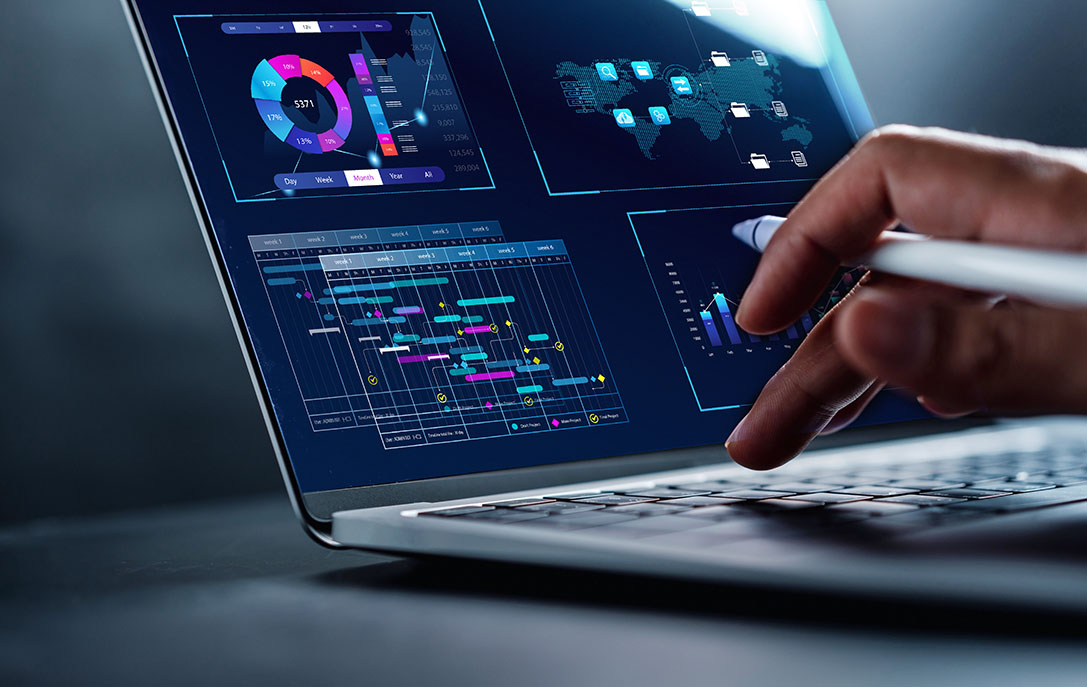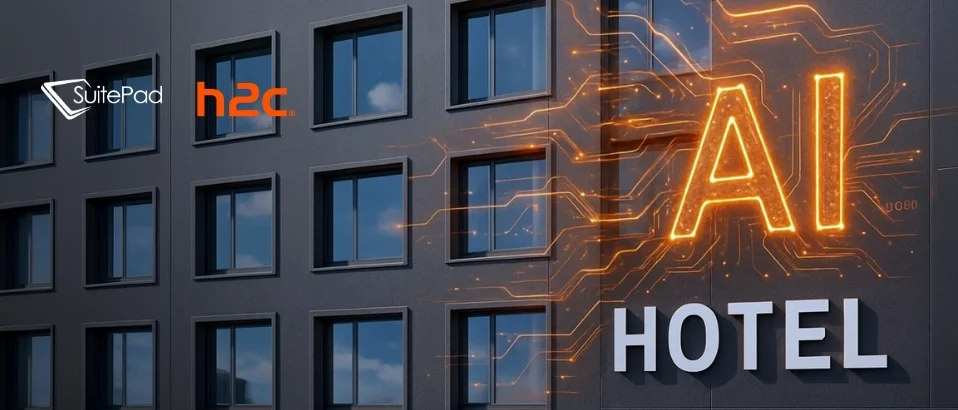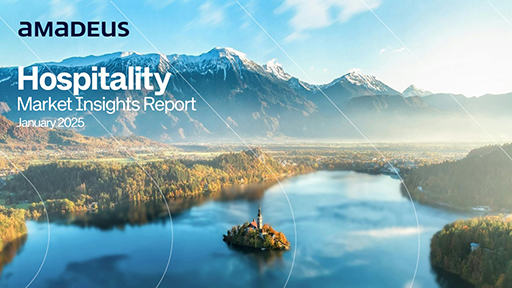

In recent years, the development of AI and automation for hotels has been a game-changer for the industry. It gave hotels the ability to review enormous quantities of information, make data-driven decisions in real time and improve overall business performance.
Specifically, within the field of revenue management new AI-based solutions can provide live market intelligence and help hoteliers optimize, adjust and even automate their pricing.
But with all these powerful tools, one question remains: how do you ensure that the system‘s approach fully lines up with your business strategy? And which role do people play here?
That‘s where the partnership between humans and machines comes in…
Interacting with artificial intelligence
For decades tech developments have been helping revenue managers improve their workflows and their efficiency. The earliest tools that improved automation for hotels took care of data collection and collation. This saved vast amounts of time and allowed revenue managers to focus more on their job's strategic side rather than just the tactical one.
Next, artificial intelligence and machine learning came along. Advanced pricing algorithms emerged and can now recommend or even set rates on autopilot. As a result, hotels can leverage next-level dynamic pricing. This gives them the ability to realize previously untapped revenue opportunities and maximize profitability.
In some circles, these developments have prompted the following question: if these new tools are so great, can‘t we just do away with revenue managers? Our answer: not at all!
Take a look at modern ships and planes, for example. They‘re all fitted with powerful autopilot functions, but they still have captains and pilots. These highly skilled professionals are there to regularly check the systems, correct course if necessary, and handle the many other complex tasks that even today‘s best AI isn‘t capable of yet.
It‘s the same in hotel revenue management. Business intelligence and pricing tools provide invaluable support that will help you dramatically boost your results. But if you want the algorithm to follow your rate strategy and or your brand‘s pricing rules, some level of human input and guidance remain important.
To achieve that at your hotel, implement the following three steps to create a successful partnership between human revenue managers and their AI sidekicks.
- Establish the foundations
AI tools are great at executing tasks. But for them to do it well, they first need to know what you want them to do. For example, autopilot navigation can help a ship find its way anywhere, but first, it needs to know the desired destination.
This also applies to hotels. Here, the revenue, sales, and marketing teams need to set goals and develop the commercial strategy within which the AI tool can operate.
Among other things, your job is to identify your target markets, set revenue goals, and define your inventory. That includes designating room types, developing your pricing hierarchy, and determining the standard minimum and maximum rates.
Feed this information to your system during set-up and whenever you adjust your course. This gives the algorithm the framework needed to consistently make solid recommendations that work for your property, your brand, and your market.
- Prepare for special conditions
Weather conditions throughout any ship‘s journey are likely to change. From rising winds and higher waves to irregular weather patterns, many things can impact the course and sailing speed. It‘s essential that your guidance system can respond quickly and safely in such situations.
Again, this concept also applies to hospitality. In our industry‘s case, demand shifts regularly and your RMS must adapt when these inevitable changes come along. Today‘s top solutions can do that because they have access to countless historical, live, and forward-looking data points that inform their next rate suggestion. So even as demand changes, your prices will always be in line with the latest market developments.
Of course, you can also refine your system‘s approach by giving it extra information for example such as modifying the high and low seasons in your system and using historical and forward-looking demand data, event announcements, and your experience to identify these periods. They could include main travel times like winter, summer, or public holidays; major trade shows or even the demand patterns on weekdays versus weekends. Set special rules for those periods, so your system provides the desired response during the inevitable demand peaks and drops.
Adapt to one-off situations
Sometimes a storm suddenly appears out of nowhere. An emergency protocol is needed to keep the ship safe in such cases. But not only that. You also need a crew who can implement it and step in if/when needed.
It‘s similar in revenue management where your property will occasionally see unexpected demand spikes or drops — whether it‘s a popular artist announcing a concert last-minute, or you lose a big group with little warning. Again, today‘s AI-powered RMS can respond properly even to a unique scenario thanks to the wealth of data they can process in instants. That lets you benefit massively from demand surges and avoid selling out at low rates.
Of course, even the most versatile RMS isn't always a standalone solution. Your team plays a critical role since they create, oversee and adjust the rules your system runs on. If you favor a specific response from your RMS, have contingency rules ready for your team to implement. This could mean shifting your overall strategic or seasonal pricing hierarchy or tactically adjusting the rate floor or ceiling for certain dates. Having the flexibility to adjust your pricing rules in a few clicks helps you protect your brand and stay competitive all while avoiding the race to the bottom.
Even as AI‘s capabilities continue to develop, commercial strategies, creative approaches, and work that focuses on the big picture will remain humans‘ key area of competence.
But with powerful AI-driven systems, it will become easier for revenue managers to do these things better. That‘s where the partnership between humans and machines really comes into play.
For them to work out, one thing remains crucial: the right approach to setting up and managing these systems. That includes defining parameters properly, revisiting and adjusting them as needed, and trusting the system but also knowing when to step in with an override.
Especially as technology continues to develop at breakneck speed, it‘s essential to master this balance between human involvement and autonomy.
If you get that right, you can look forward to safe and smooth sailing at all times thanks to intelligent automation.
At Atomize we follow this philosophy and our solution provides a very powerful combination of artificial intelligence and user control mechanisms, schedule a demo with us if you want to learn more >







